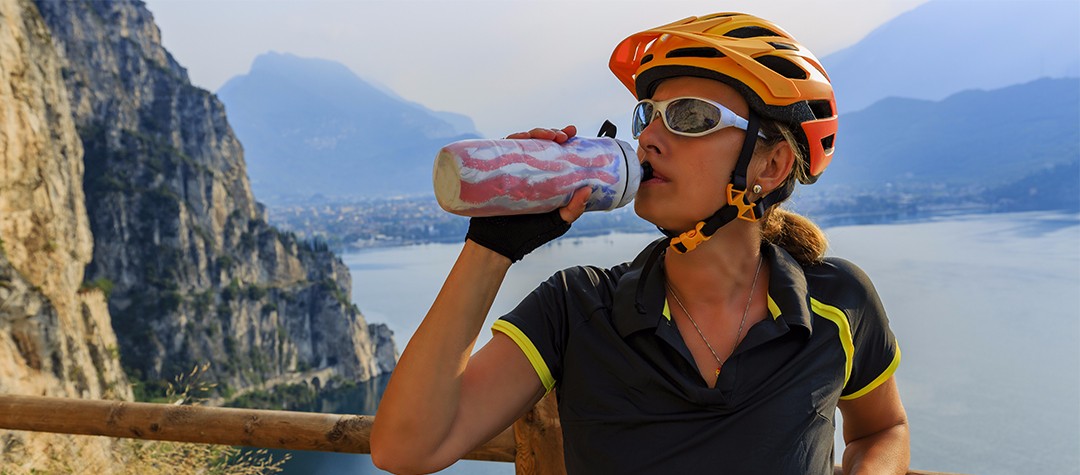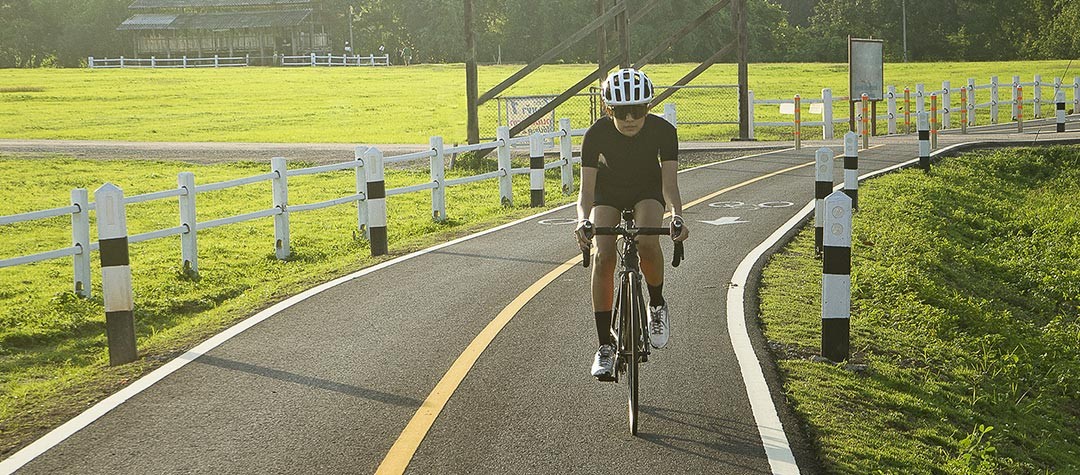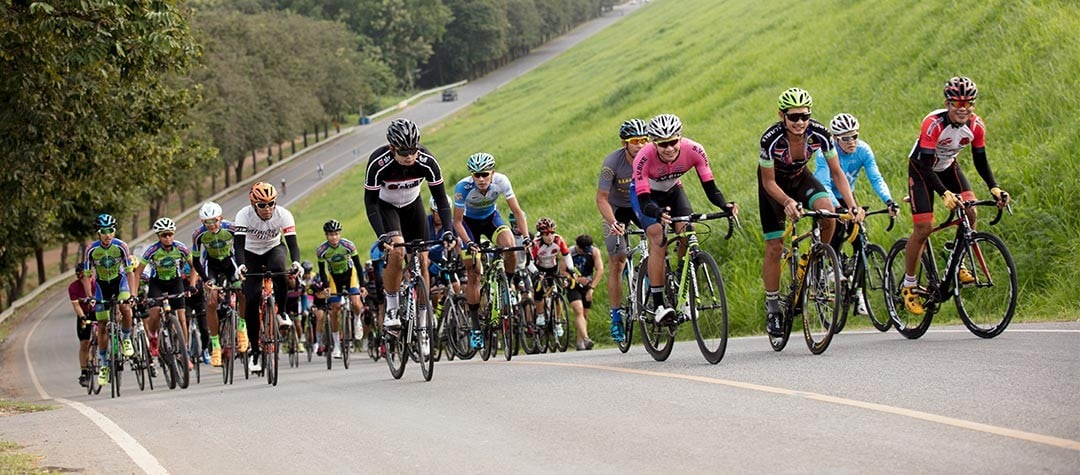Following a race or hard training session it’s crucial to ensure that you allow your body time to recover, so it can effect the optimal physiological changes and adaptations to build strength and allow progression.
In fact you could say that recovery is as important as the training/racing itself. If you don’t allow yourself to recover adequately the adaptation phase will be ineffectual, your condition will start to plateau and you won’t move forward.
With the increased understanding of training and recovery over the last decade or so, in particular the value and importance of effective recovery, there are many effective measures that you can take to safeguard and improve this key phase. Look to introduce the below elements into your post race routine to help ensure you get the most out of yourself by optimising your recovery.
Warm down
It was British Cycling and particularly Team Sky that first brought the warm down into prominence; riders on the turbo post race outside the team bus initially raised eyebrows but it now is seen as the norm and practiced by virtually all riders and teams.
If you’re serious about your recovery then a warm down is crucial.
If you’re serious about your recovery then a warm down is crucial. If you don’t fancy lugging your turbo to a race then a gentle 5-10 spin up the road will suffice. (Make sure you’ve got warm kit on though!)
The warm down assists in returning your body to it’s pre-exercise state whilst at the same time helping transition into the recovery process. Around 5-10 minutes spinning the legs on a low gear is all that is needed, giving ample time to shift waste build up from the muscles that will otherwise remain and stifle recovery. Another physiological plus is that blood will be evenly redistributed around the body rather than pooling. The warm down should get progressively easier as it goes on, ending in simply turning the legs over with little perceived effort.
Post race nutrition
In some quarters the one hour period following a race was known as the ‘Golden Hour.’ It was in my racing days anyway! Not to be confused with the ‘Hour Record’ this window of time was so named at it is the optimal period when the body is receptive to absorbing carbohydrates and protein nutrients, replenishing glycogen stores and repairing trauma to the muscles respectively.
Consuming food within 20 minutes of a exercise is actually most effective for recovery.
More recent studies suggest that consuming food within 20 minutes of a exercise is actually most effective for recovery. So, ensure you have recovery food prepared and ready to eat post race. You’ll see all professionals eat pretty much immediately after a race; once they’ve had a wash down and changed, food is next on the agenda (if they’re not already chomping away already!)
In relation to what exactly to eat post race there are a multitude of post training recovery drinks/shakes/products available on the market, all of which are very convenient but can be expensive. A generally accepted ratio of 4:1 Carbohydrate/Protein is ideal, so if you fancy ‘real’ food (which I always favoured) go for a bowl of ready-made tuna and rice or pasta, or a ham and cheese baguette for example. In warmer weather go for an electrolyte drink to top us those salt and mineral levels as well as speeding up your ability to rehydrate.
Clothing
Now this one sounds a bit simple, but so many people get it wrong. Post race your body is fatigued, at a low ebb. And as soon as you stop your physical effort the body cools down very fast. Make sure that as soon as possible, especially in cooler conditions, that any damp, sweaty kit it removed and replaced with dry kit. This reduces the risk of stressing the immune system by getting cold. Wear a hat too, to stop the escape of valuable body heat.
Again, watch the pros, even behind the podium as they prepare for the victory celebrations. Ok, they want clean kit to look good for their sponsors but they’ll be putting on dry base layers and adding another outer layer too.
Massage
Now although all professional bike riders have a massage post race (normally a few hours afterwards depending on logistics) there is no real hard scientific evidence of any benefit. However, that hasn’t stopped this very traditional post race ritual, even in this modern era.
I thoroughly enjoyed my post race massages as a professional; they left me with a warm, relaxed feeling of wellbeing with my legs feeling far looser and less stiff. I felt, as do most riders, that it was an essential part of my recovery phase, even if the effects weren’t really ‘measurable’ in the strictest sense. (Although we do know that massage increases blood flow and reduce muscle tightness if carried out using correct techniques.)
That said, most amateur riders can’t afford to get a massage after every hard training session and race; in fact for the last part of my career I hardly had any massage at all, to no detriment. It’s completely up to you. Maybe try one post race massage and see how you feel.
Stretching
Many riders practice stretching both pre and post race, but again, like massage, there is little or no scientific proof that it aids recovery. What stretching does assist with is your general flexibility (which many cyclists lack). Incorporating a regular stretching routine into your recovery program can also reduce the risk of muscle tears that occur during intense exercise; more prevention than actual recovery, but still worth trying.
So, ensure you have a rigorous post race recovery strategy that includes all of the above. You’ll be doing yourself a big favour. And, if you still feel tired and jaded the following day listen to your body and be honest with yourself. It’s not a bad thing to take a day off the bike once in a while...















